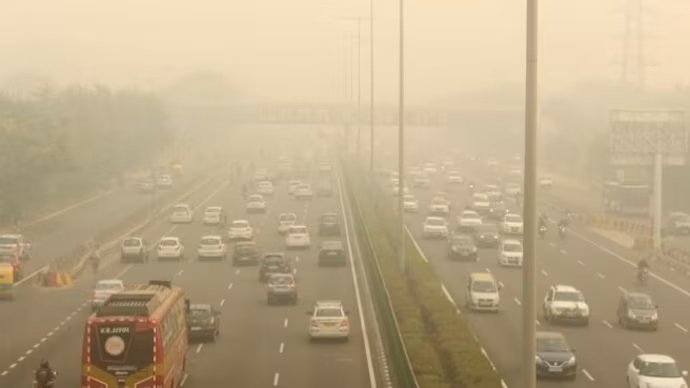
Delhi, the bustling capital of India, is facing a dire health crisis as its residents stand to lose nearly 12 years of their lives due to the city’s persistent air pollution. According to the latest Air Quality Life Index 2024 report, released by the Energy Policy Institute at the University of Chicago (EPIC), the National Capital Territory (NCT) of Delhi, home to approximately 18 million people, is among the most polluted regions in the northern plains. The report paints a grim picture, revealing that the life expectancy of Delhi’s residents could decrease by an average of 11.9 years if current pollution levels persist, compared to the World Health Organisation’s (WHO) guidelines.
Even when assessed against India’s national air quality standards, the situation remains critical. The report indicates that if pollution levels continue unabated, Delhi residents could see a reduction of 8.5 years in their life expectancy. This stark reality is compounded by the fact that Delhi has been identified as the most polluted city in the world, a distinction that underscores the severity of the air quality crisis facing its population.
The report also offers a glimmer of hope: if India were to achieve its national PM2.5 standards, the life expectancy of Delhi’s residents could increase by 8.5 years. More optimistically, if the city were to meet the stringent WHO standards, nearly 12 years could be added to the life expectancy of those living in Delhi.
The primary culprit behind this alarming health risk is PM2.5, a fine particulate matter capable of penetrating deep into the respiratory system, leading to severe respiratory and cardiovascular issues. The annual PM2.5 standard in India is set at 40 micrograms per cubic meter, yet over 40% of the population is exposed to air that far exceeds this limit. This widespread exposure has become a major public health concern, particularly in densely populated urban areas like Delhi.
As the air quality crisis looms large, the city’s residents are also grappling with weather conditions that could exacerbate the situation. On Wednesday, the maximum temperature in Delhi reached 34 degrees Celsius, a typical reading for this time of year, with humidity levels peaking at 85%. The India Meteorological Department (IMD) has issued a “yellow” alert for Thursday, signaling potential bad weather that could disrupt daily life.
The IMD forecasts a cloudy sky accompanied by moderate rain, with temperatures expected to hover around 34 degrees Celsius during the day and 23 degrees Celsius at night. Between the morning of August 27 and the morning of August 28, various parts of Delhi, including Safdarjung, Lodhi Road, Ridge, Ayanagar, and Palam, received rainfall ranging from 7.4 mm to 14.5 mm.
As Delhi contends with both its environmental and weather-related challenges, the findings of the Air Quality Life Index serve as a stark reminder of the urgent need for action. Without immediate and sustained efforts to reduce air pollution, the health and longevity of millions of Delhi residents remain at serious risk.

